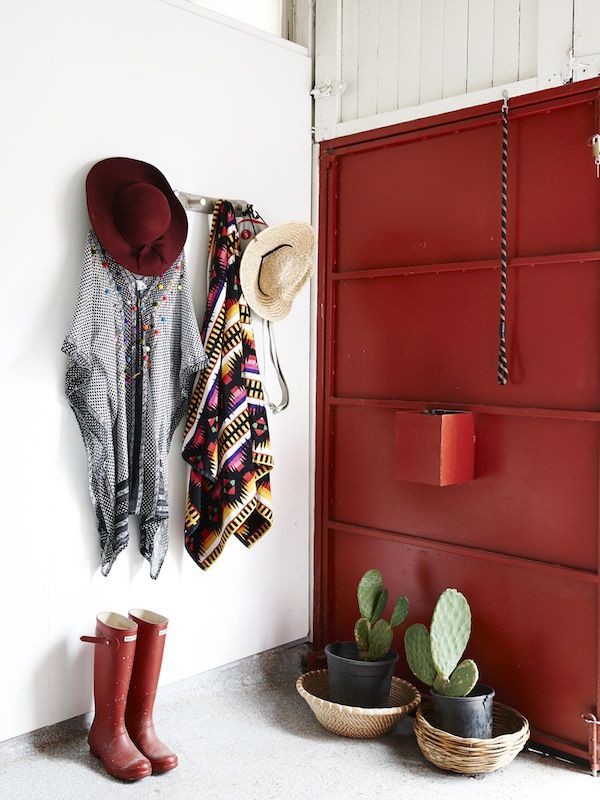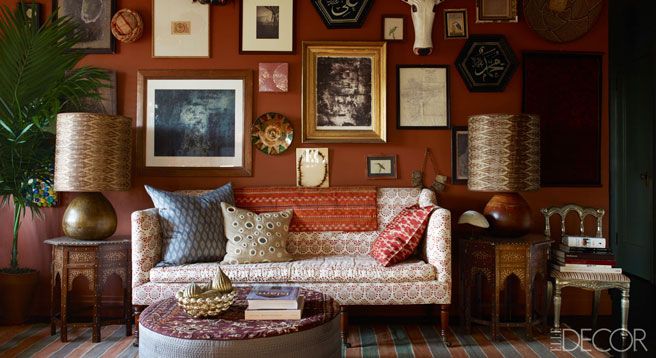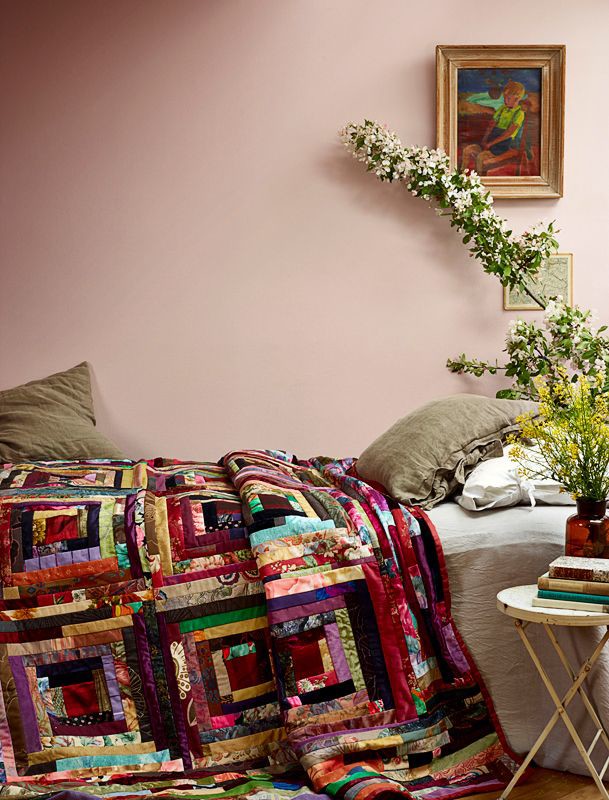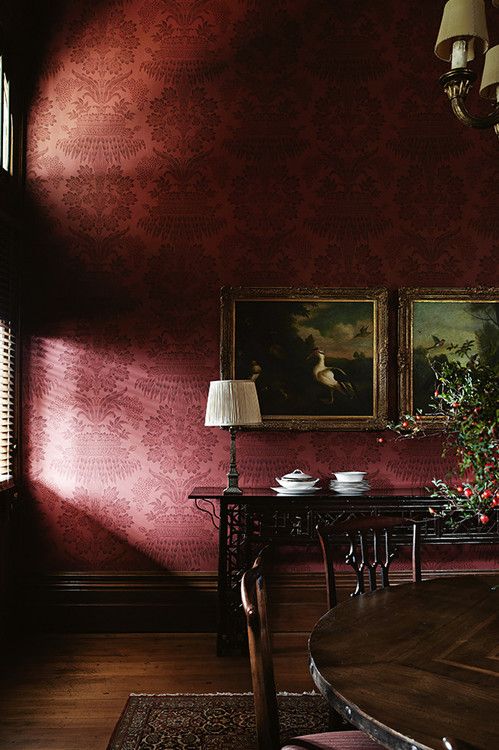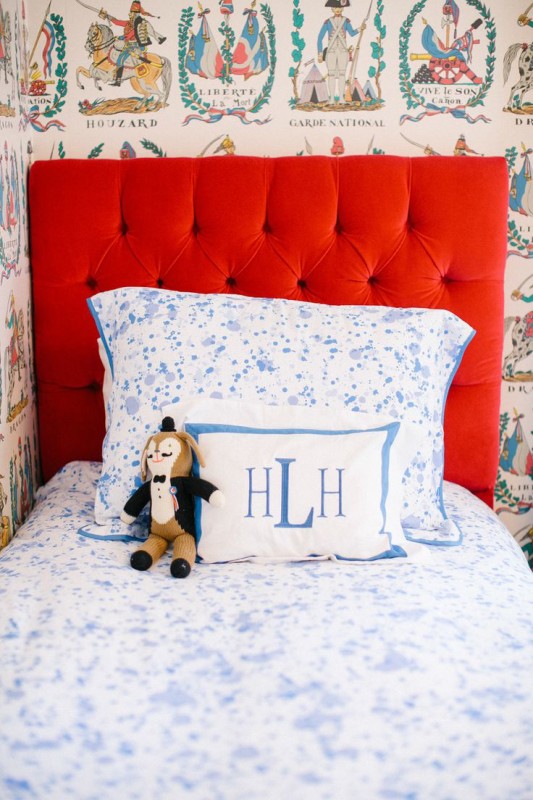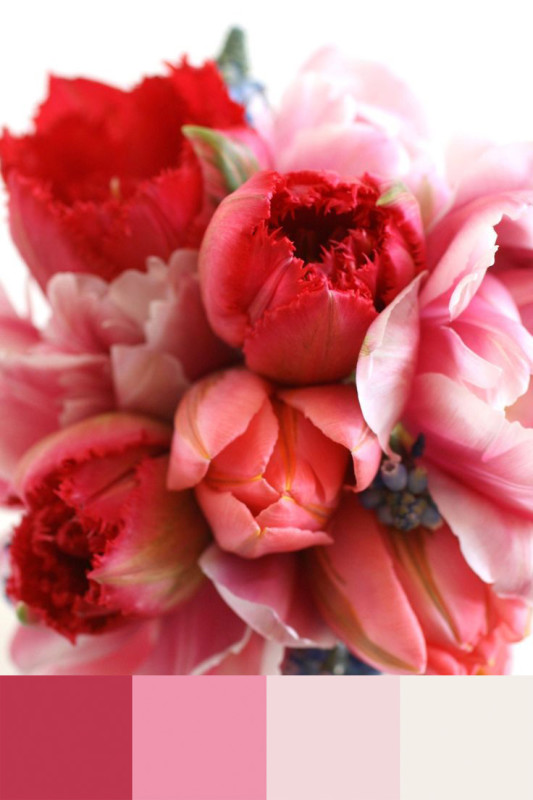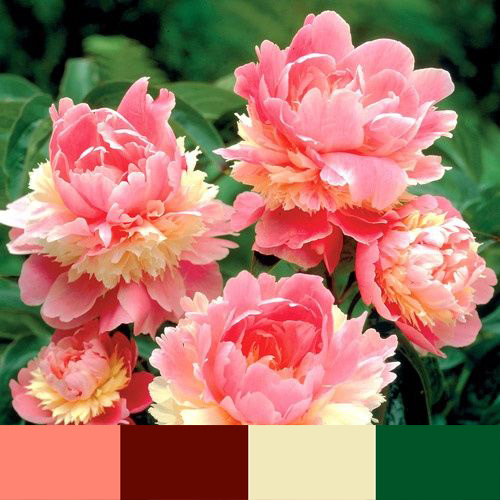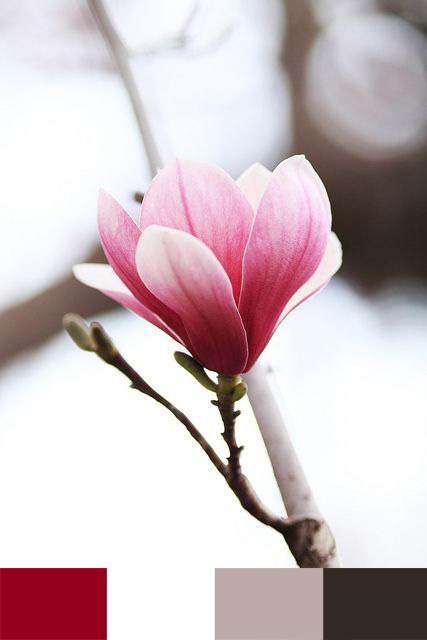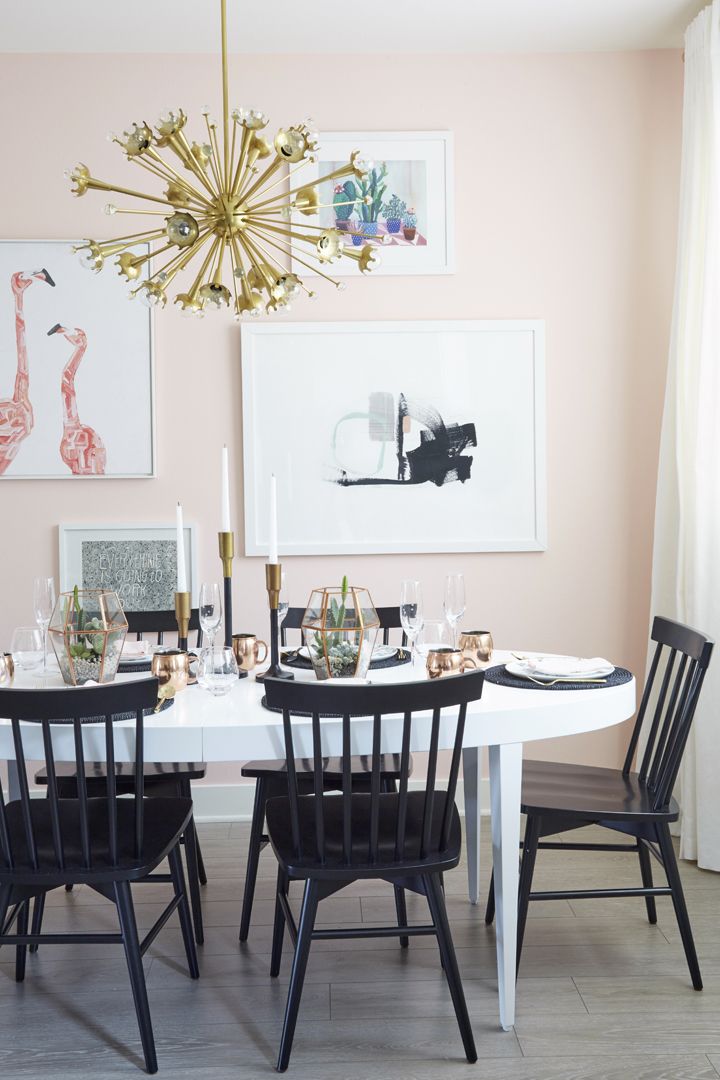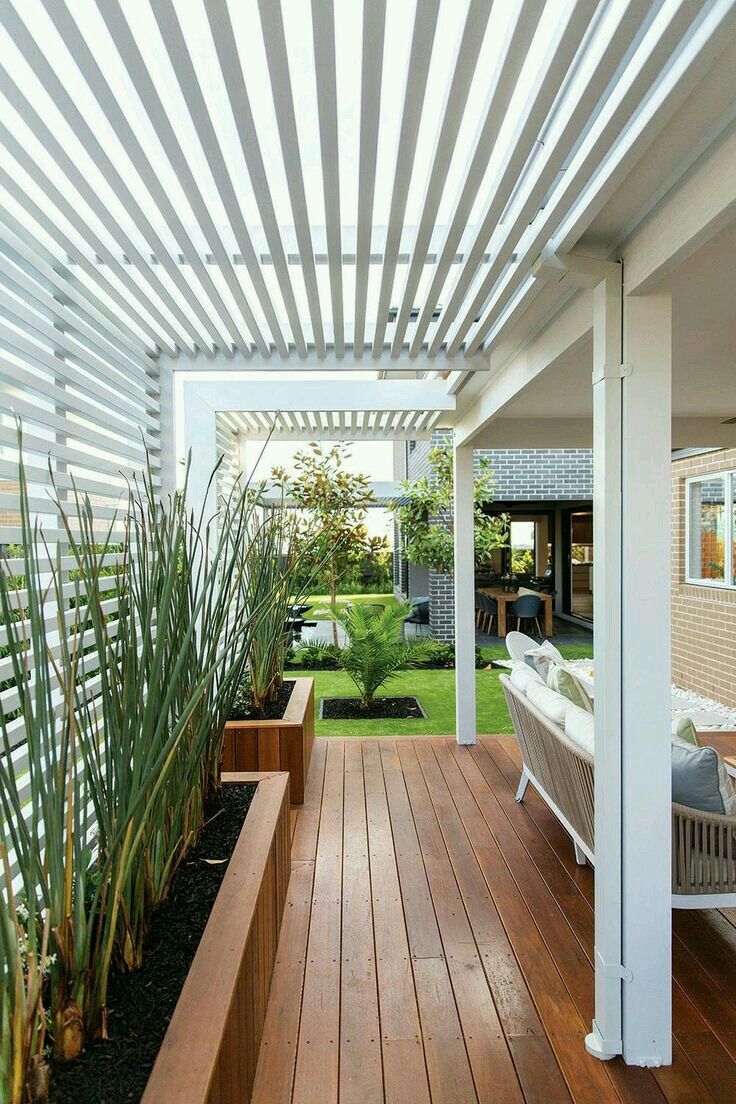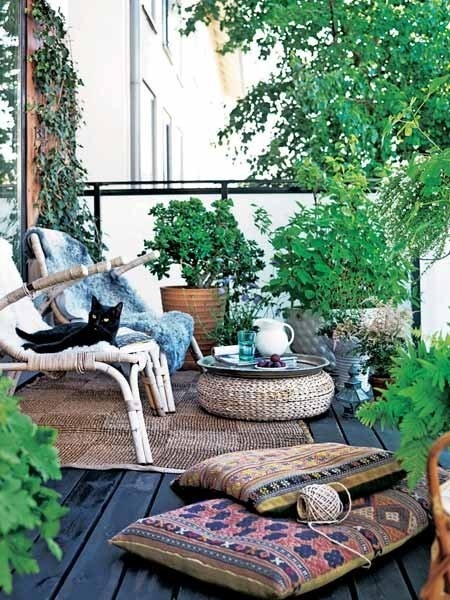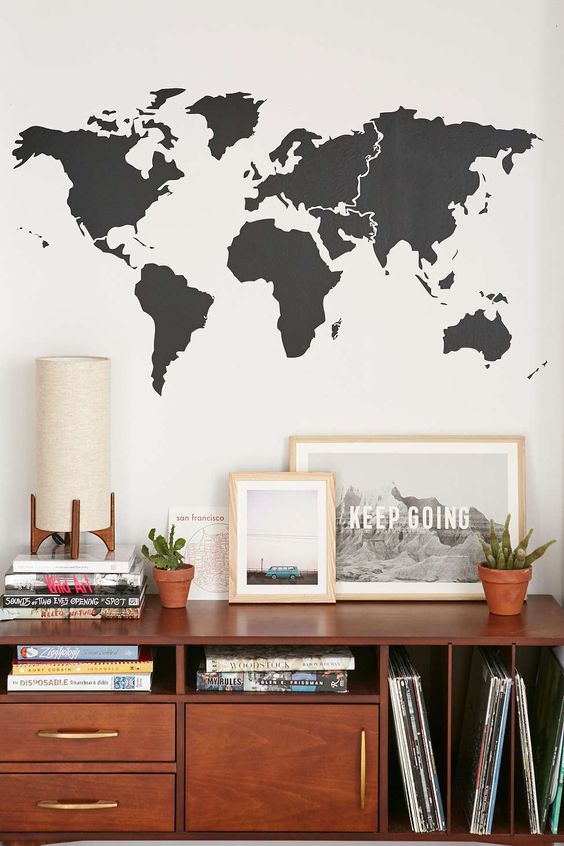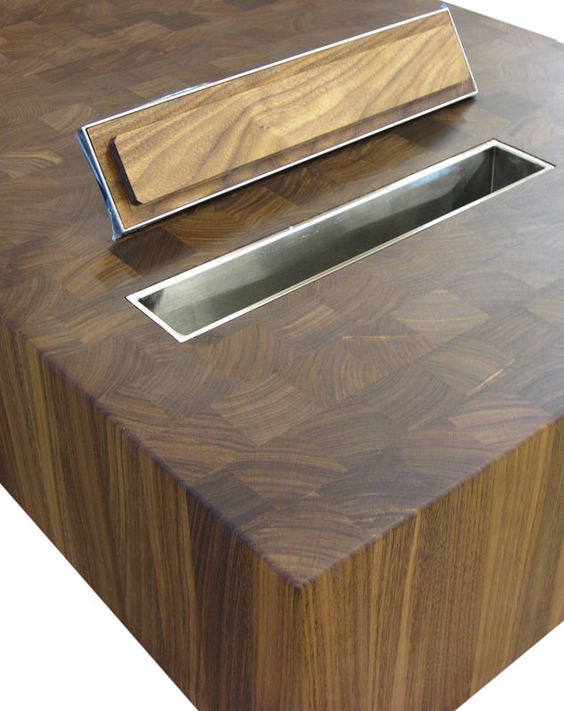Decorating with Red – the Colour of LOVE
It is St Valentine’s Eve today and I thought it would be a good idea to talk about red – the colour of love, desire and passion. Some people say that they don’t like red, mainly referring to the bright scarlet hue, however there are so many shades of red, from pinks to fuchsia and bordeaux, that I am sure that, in fact, every person can find his favourite one. Needless to mention, that after Pantone has declared the Marsala to be the colour of the year, everyone seems a bit obsessed with this rich and tasteful hue.
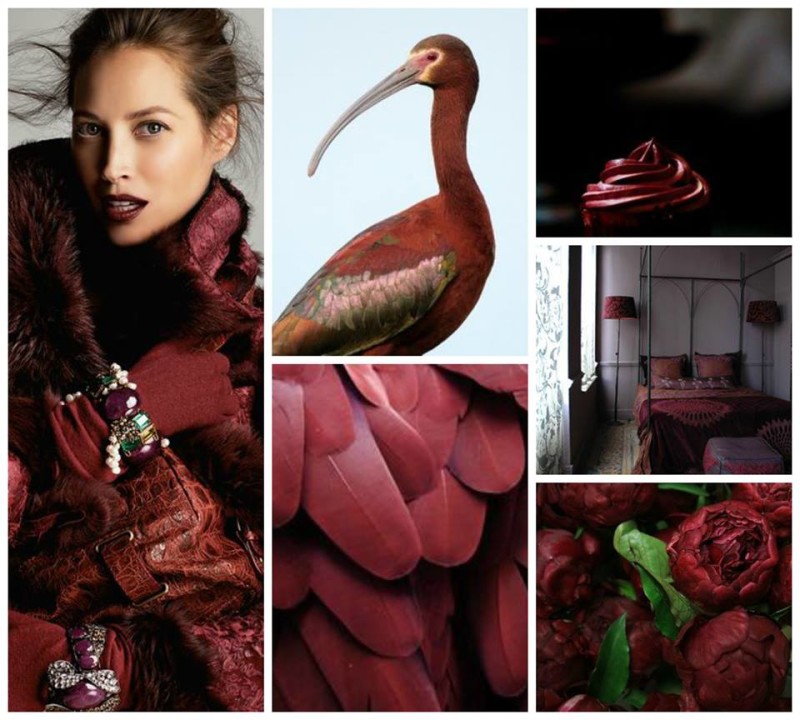
Reds are fantastic in interior decorating, giving the space the desired warmth, energy, movement. As any other colour, red has its own properties, which we must consider, before applying it in the decorative scheme.
Physiological and psychological impact
– Red stimulates appetite, increases blood pressure and pulse. While it is very energizing colour, in large quantities red can be overwhelming and tiring for our eyes.
– Red is perceived as “warm” and advancing colour, thus you can use it to make the space look visually smaller.
– Impact of the colour depends on its value and amount used, as well as on lighting, style of the interior and surface, where it was applied. Red has the strongest effect when used in its brightest value, the more lighter (or darker!) it is, the less influence it has. For example bright pastel pinks have calming effect, while dark bordeaux reds are relaxing and welcoming – perfect for decorating living rooms.
Red in different rooms
Entryway
Since it is the space, where you will not spend lots of time, don’t be afraid to experiment and use bright, bold reds. Usually this area is also very small and lacks natural light – bright, intense or dark colours have the ability to distract attention from the small dimensions of the room.
Living room
Living rooms are usually intended for social gatherings, meetings with friends and family. Avoid large surfaces painted in red – after some time it will not feel comfortable to stay in such room. Instead use small accents (paintings, accessories, textiles)- they will bring the desired warmth and energy to the space. Alternatively use darker, saturated hues.
Bedroom
This room is meant for relaxation and rest, so avoid bright reds, which are too energizing and stimulating. Although red colour has the ability to activate sexual energy, it will be difficult to fall asleep in such room. It is better to choose soft, pastel pinks, that will also bring some romance in the space.
Kitchen/ dining room
Red stimulates appetite, so it is a good room to apply it. Be cautious with the quantity though, if you don’t want to start counting calories. For these areas choose the most “delicious” shades of red – raspberry, cherry, wine.
Kids room
Bright colours are usually a good choice for kids room, however, don’t overuse it if you have a very active child.
Colour schemes
Monochromatic
This scheme uses the several shades of the same hue. This colour palette will suit bathroom, bedroom or dining room.
Complimentary
This palette is based on the hues that are located on the opposite side of the colour wheel. Dark green will balance warm reds which will make the overall scheme look more harmonious. This palette will suit any public areas, as well as living rooms and outdoor areas.
Neutral and one colour
This scheme introduces a single colour against a neutral backdrop. It can be very dramatic and bold, drawing your eye to the use of single colour. This scheme is very versatile and can be applied practically in any space.

